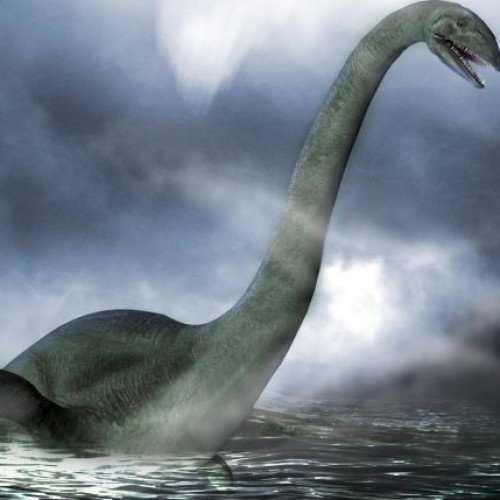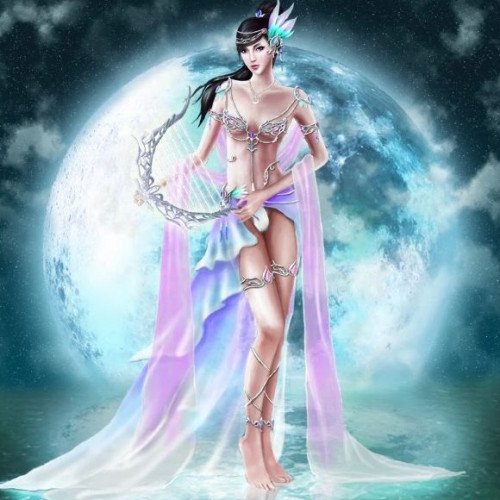Loch Ness Monster VS Asteria (mythology)

Loch Ness Monster
The Loch Ness Monster, or Nessie (Scottish Gaelic: Uilebheist Loch Nis), is a cryptid in cryptozoology and Scottish folklore that is said to inhabit Loch Ness in the Scottish Highlands. It is often described as large, long-necked, and with one or more humps protruding from the water. Popular interest and belief in the creature have varied since it was brought to worldwide attention in 1933. Evidence of its existence is anecdotal, with a number of disputed photographs and sonar readings. The scientific community regards the Loch Ness Monster as a phenomenon without biological basis, explaining sightings as hoaxes, wishful thinking, and the misidentification of mundane objects.
Statistics for this Xoptio

Asteria (mythology)
In Greek mythology, Asteria (; Ancient Greek: Ἀστερία, "of the stars, starry one") was a name attributed to the following eleven individuals: Asteria, a Titaness. Asteria or Astris, daughter of Helios and Clymene or Ceto, one of the Heliades. She married the river god Hydaspes (the modern Jhelum River) and became mother of Deriades, king in India. Asteria, one of the Danaïdes, daughters of Danaus who, with one exception, murdered their husbands on their wedding nights. She was, briefly, the bride of Chaetus. Asteria, one of the Alkyonides. Along with her sisters, she flung herself into the sea and was transformed into a kingfisher. Asteria, daughter of Hydeus, was the mother of Hydissos by Bellerophon. Her son is known for having founded a city in Caria which was named after him. Asteria, daughter of Coronus, and Apollo were possible parents of the seer Idmon. Asteria or Asterodia, mother of Crisus and Panopeus by Phocus. Asteria, daughter of Teucer and Eune of Cyprus. Asteria, the ninth Amazon killed by Heracles when he came for Hippolyte's girdle. Asteria, an Athenian maiden who was one of the would-be sacrificial victims of Minotaur, portrayed in a vase painting.Christoph Willibald Gluck gave the name Asteria to one of the characters in his 1765 opera Telemaco, though the name did not appear in Homer's Odyssey on which the opera was based.